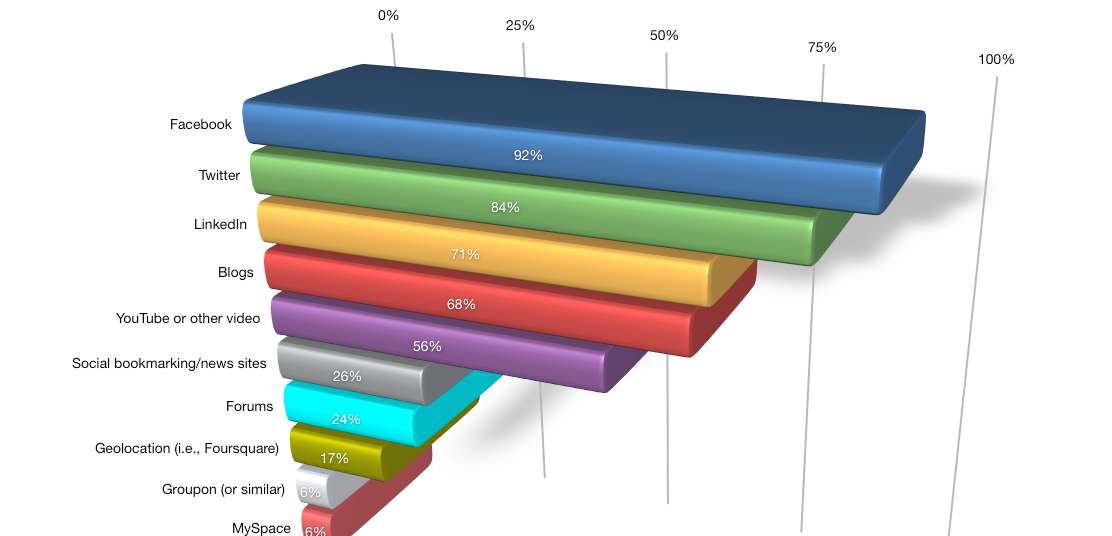Are You Building a Ghost Town on #SocialMedia?
With over 600 million users connected via Facebook and 200 million on Twitter, it seems almost impossible to be on the network yet have nobody noticing you or your business. Is that right? In fact, many businesses think that they’ll automatically be spotted by millions of fans just by hooking up unto the social network.
A recent discussion with Andrew (@hanelly) from TMG Media got me thinking – how are these businesses doing on the social network? What kind of network are they building? Are they building a Ghost Town or a growing Business Hub? Are YOU building a Ghost Town?
5 Indications of You Building A Ghost Town on Social Media
#1: Your last update / post was at least a month ago.
Last updated: December 2010.
What does that tell you? Perhaps it shows that I’m not interested in what I’m doing here anymore, I just couldn’t care less, or maybe I’ve closed down? Whatever the reason is – it’s not a good one. If your social media networks are idle, you’re simply telling your prospects and audience that you’re closed for business.
#2: You do not have the time to respond to comments.
Have you been to websites, blogs or Facebook pages that are filled with enquiries but they are not responded to? Some businesses even choose to respond to comments selectively – which is equally bad (or worst!). To respond is to communicate, to engage, and this is the essence of social media. If you’re on the social network only to push content, you may just want to consider advertising instead.
#3: Your blog / wall is populated by others (spam).
Your blog or Facebook wall is yours, which also mean that people that stops by expects to see your content. Facebook walls have the tendency to be filled with advertisements and updates from other users if not managed properly and it only reflects a negative image on you. Customers walk into Starbucks for a cup of coffee and not to buy pizzas.
#4: Nobody seems interested.
Now this is a tough one. You’re spending a lot of time creating content, trying to open up opportunities for engagement but nobody seems to be listening to what you’re doing. This calls for a change. Try doing something different if you haven’t. Instead of trying to create conversations in your own blog / wall, go out and engage with others to build your network.
#5: You’ve abandoned the ship.
This is the worst that can happen! It is never, ever a good idea to abandon your social media networks if you’re still in business, simply because you’ll never know what will happen to it. It may become a spam paradise and it could be detrimental to your business in the long run. The least you could do is to delete / suspend those accounts if you’ve concluded that you’re not going to work on it further.
Are you building a ghost town?
I sure hope not! But if you think you have any of the above indications, now it is a good time to do a check and find out what’s going on.





 Painful Truth #1:
Painful Truth #1:
 Looking at the published figures, I’m actually not surprised to see travel and bill payments dominating the list but this
Looking at the published figures, I’m actually not surprised to see travel and bill payments dominating the list but this 










 The day came when StumbleUpon released
The day came when StumbleUpon released 